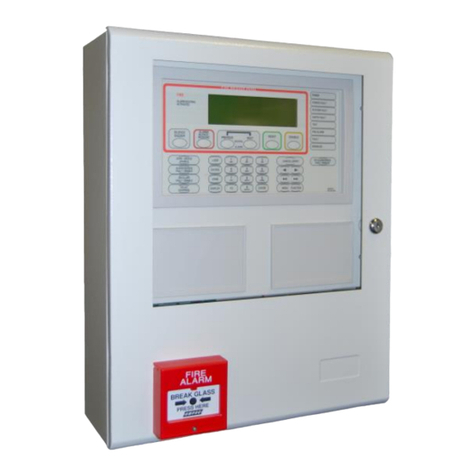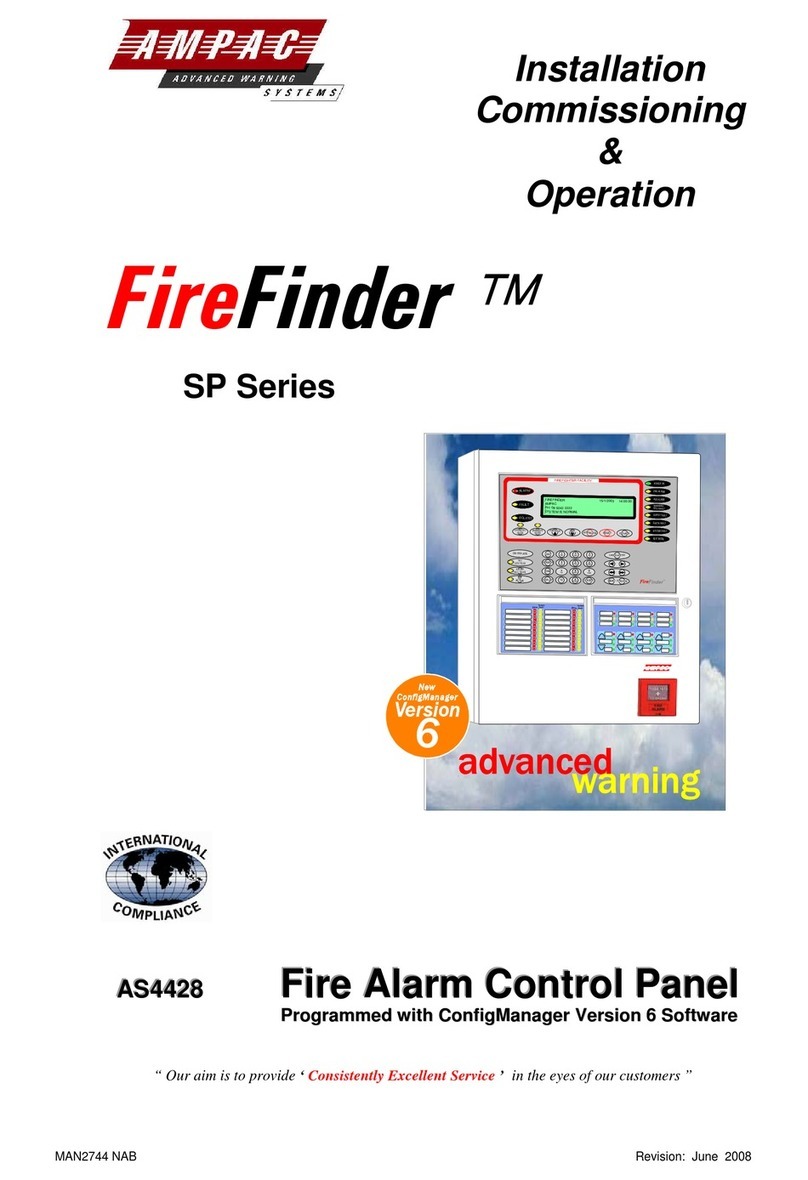
Table Of Contents Page No
1Damage Report Form................................................................................... 1
2Purpose......................................................................................................... 2
2.1 Scope...................................................................................................................2
2.2 References...........................................................................................................2
2.2.1 EV3000 System Manuals:.....................................................................2
2.2.2 Australian Standards............................................................................2
2.3 System Overview.................................................................................................2
3Wiring............................................................................................................ 3
3.1 Mains Connection ...............................................................................................3
3.2Speaker Connection............................................................................................3
3.3 Warden Intercom Point Connection ...................................................................3
3.4 Warden Intercom Point with EAID connected....................................................3
3.5 Visual Alarm Connected .....................................................................................3
3.6 Fire Alarm Inputs.................................................................................................3
4Commissioning Record............................................................................... 5
5Completing the Commissioning Report..................................................... 6
6Battery Requirements.................................................................................. 8
6.1 Calculating System Quiescent Current..............................................................8
6.2 Calculating System Full Load Current ...............................................................8
6.3 Battery Size Calculation......................................................................................8
6.4 Battery Discharge Current..................................................................................8
6.5 Battery Information .............................................................................................8
7Documentation............................................................................................. 9
8Appendix A Pre-commissioning Checklist.............................................. 10
9Appendix B EV3000 Commissioning Report ........................................... 11
10 Appendix C Sample Commissioning Report ........................................... 12
11 Appendix D Commissioning Acceptance Report.................................... 13
12 Appendix E Maintenance Logs ................................................................. 15
12.1 E1 Monthly Test Log Book................................................................................15
12.2 E2 Completing the Half Yearly Log...................................................................17
12.3 E3 Battery Capacity Test...................................................................................18
12.4 E4 Monthly Test Report Forms.........................................................................19
12.5 E5 Half Yearly Report Form ..............................................................................20
13 Illustrations................................................................................................. 21
14 Glossary Of Terms..................................................................................... 22
15 Definitions................................................................................................... 23
































